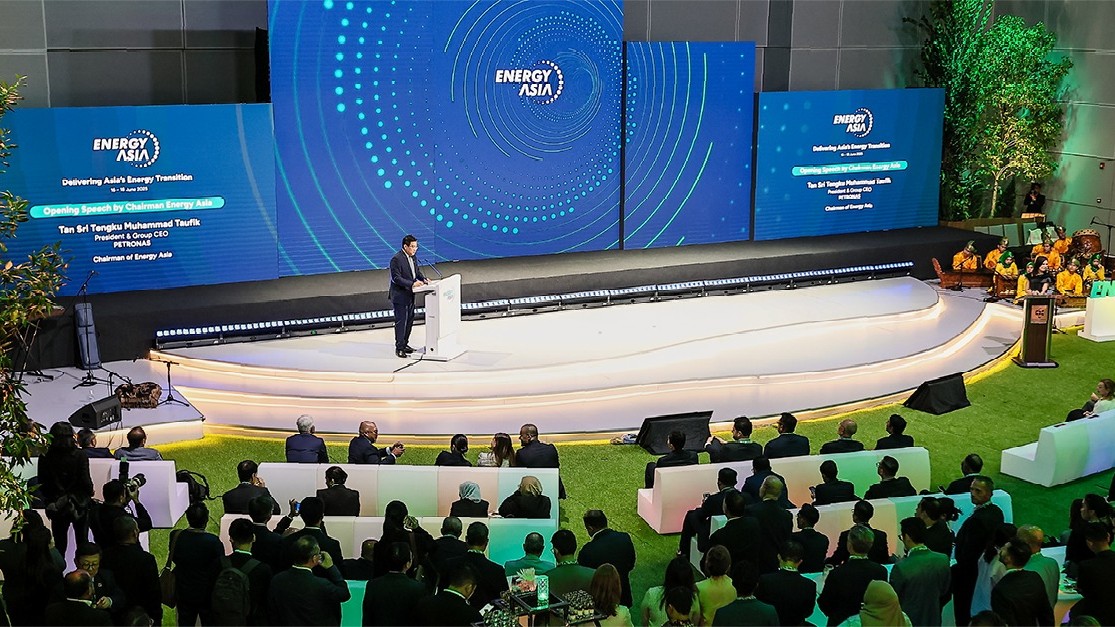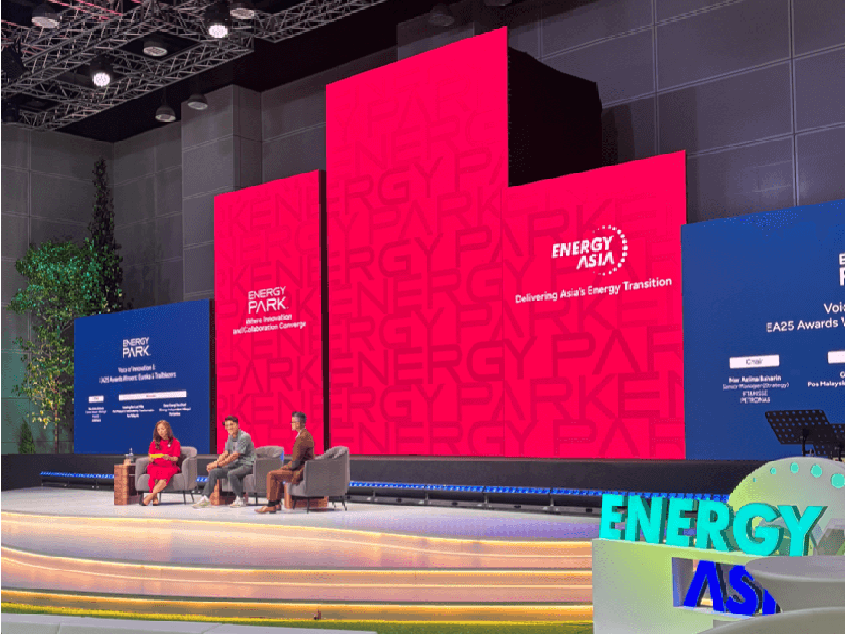
From June 17–19 in Kuala Lumpur, Energy Asia 2025 brought together policy leaders, industry executives, investors, and innovators together ‘ to tackle one of the region’s most urgent questions: how to advance a just, practical, and inclusive energy transition.
In only its second edition, the summit has already carved out a distinctive voice among the global energy calendar by complementing legacy events like Davos or ADIPEC by embracing its own unique regional specificity and convening power. With a focus on enabling real-world outcomes, from grid investments and CCS partnerships to startup showcases and executive dialogue, Energy Asia made its case not simply as as a conference, but as a platform for forward motion, united by the theme ‘Delivering Asia’s Energy Transition.’
What often goes unspoken in events like this is the ‘infrastructure behind the infrastructure’ – the systems of identity, experience, and storytelling that help frame complexity into clarity.
The role of brand at event such as these is not to take centrestage, but to set it: the brand helps shape how the event is perceived before arrival, navigated in the moment, and remembered after. It allows disparate moments such as Global Leadership Forums, Awards Ceremonies, Youth Advocacy and Deal Signings to feel part of a single connected narrative.

As Energy Asia continues to over the years, the brand will become a throughline: a reference point for continuity and reputation, shared ambition and progress. At its best, a brand should do more than label an event – it should elevate it. In the case of an event such as Energy Asia that is a relative newcomer but with an an eye on global influence, that could mean shaping an experience in the following ways:
Confidently regional, not derivative – rooted in Asia’s energy realities and potential.
Structured but ‘porous’ – enabling both choreography and open dialogue.
Designed for longevity – with systems that can scale and flex across future editions.
Spectacle without distraction – avoiding the trap of event “noise” for the sake of visibility.
Clarity of intention – helping participants know why they’re there, what they’re part of, and what they take forward.
In this sense, the brand becomes less about recognition than recognisability. In the case of Energy Asia, it helps audiences – from delegates to dignitaries and trade media to global observers – understand what the event stands for, and why it matters.
The underlying design challenge then becomes to express vision without being bombastic, to enable participation without undue distraction, and to create physical and mental space for the ideas, innovations, and decisions that genuinely move the dial.
When event themes are as consequential as those of Energy Asia, design doesn’t need to shout, it just needs to work – intelligently, intuitively, and in service of something greater.